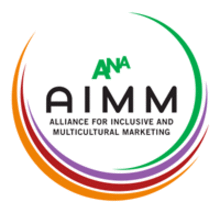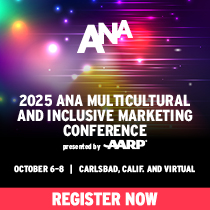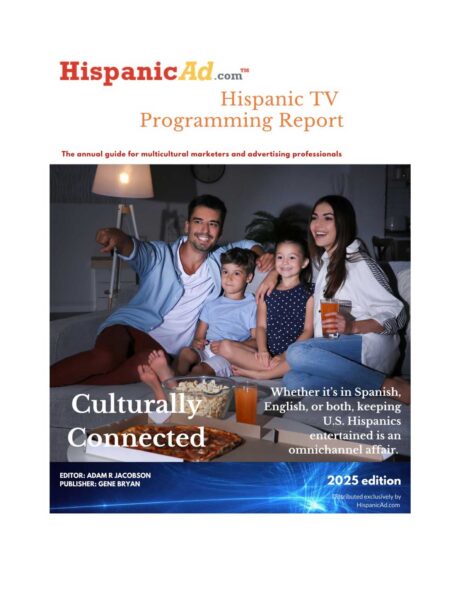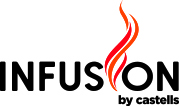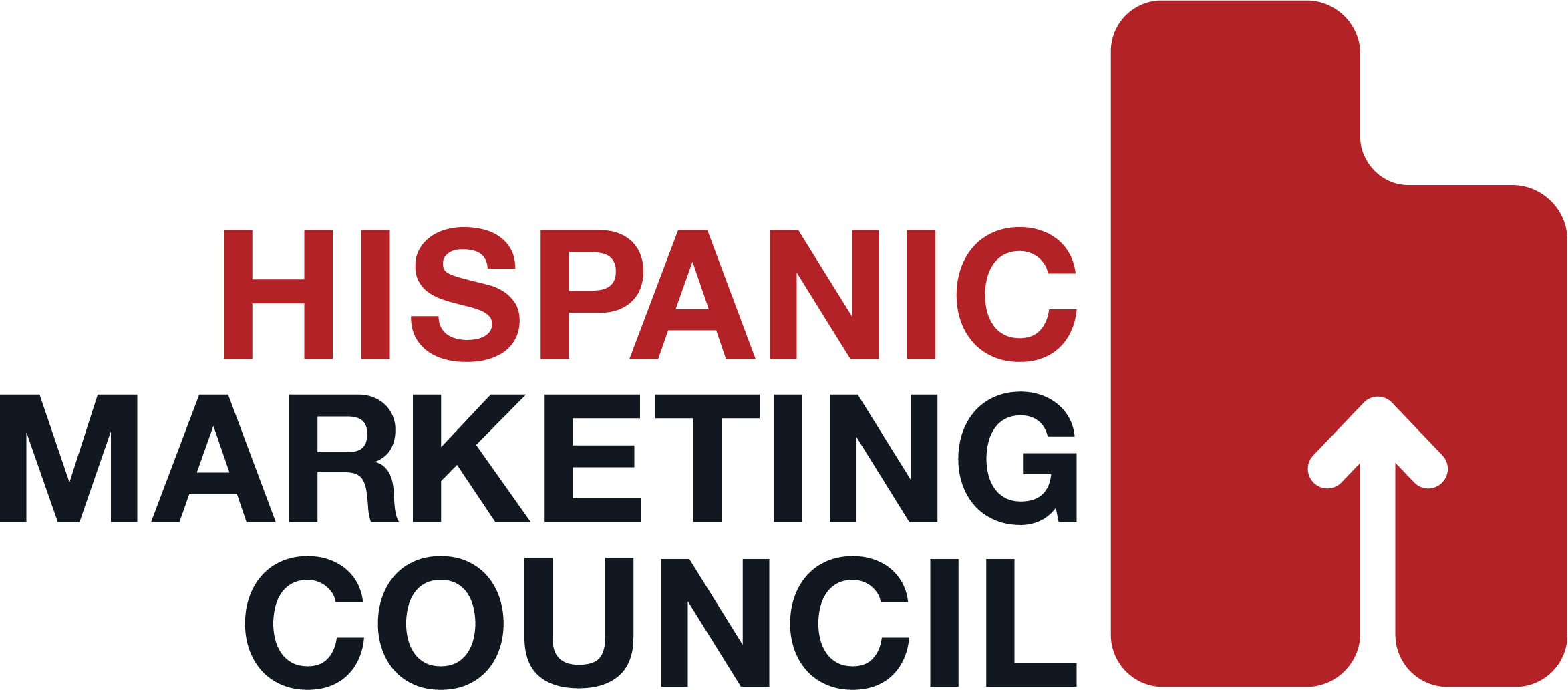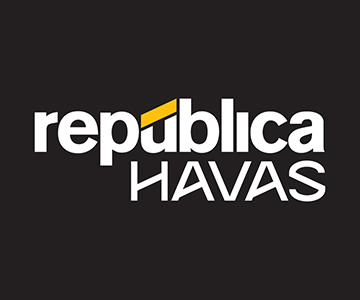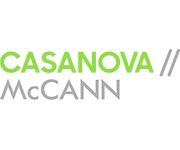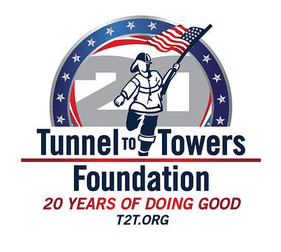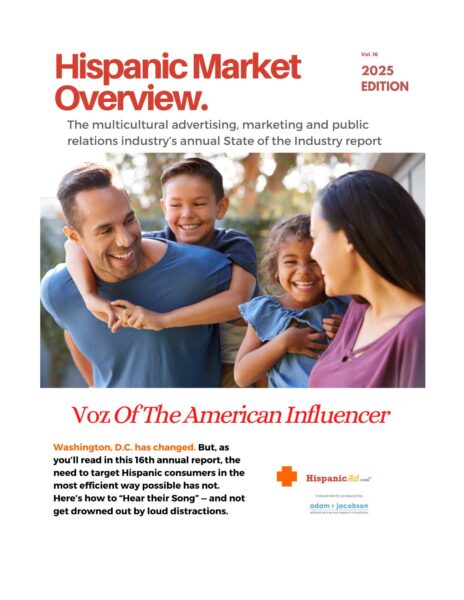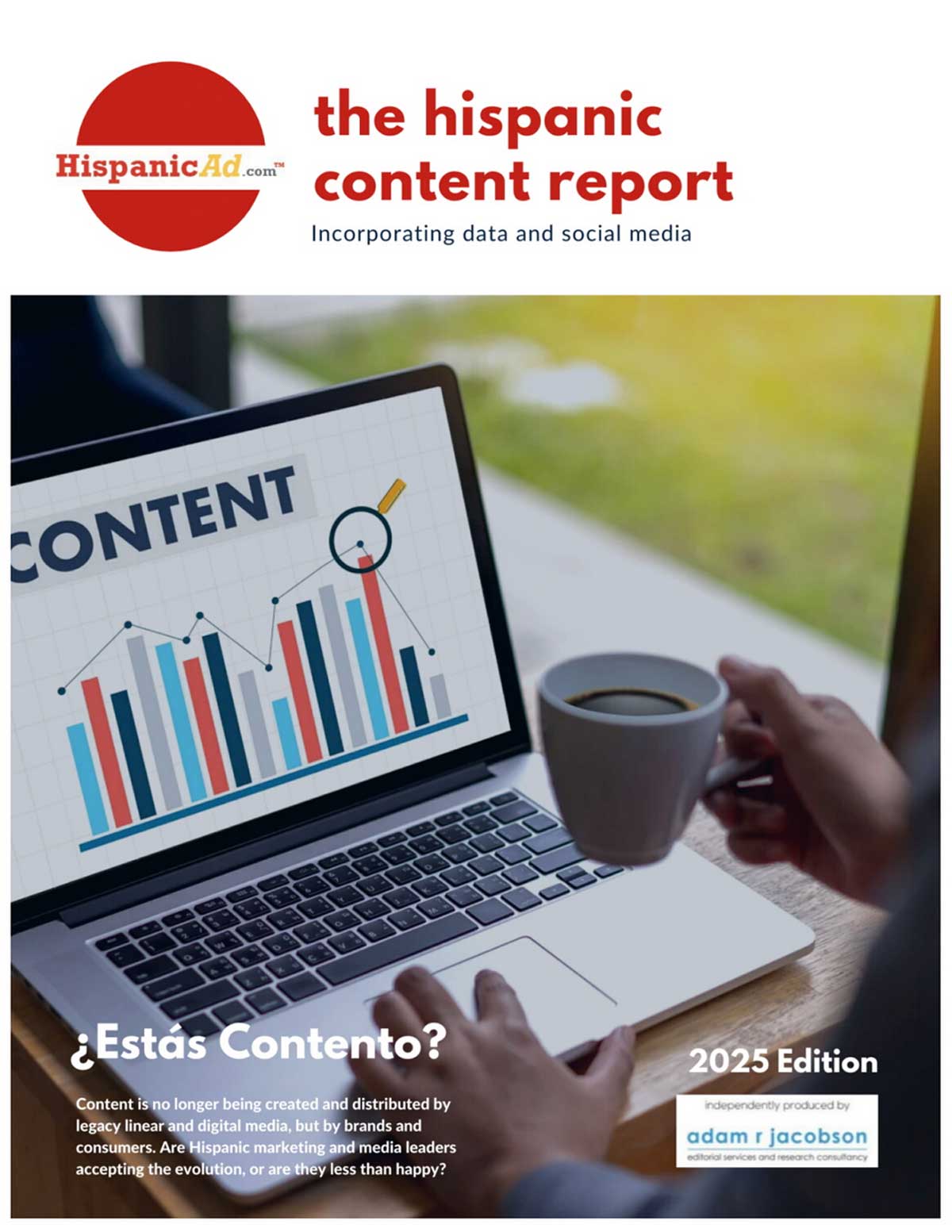We’ve commercialized connection.
April 22, 2025
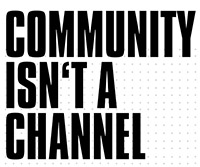
By Lizzy Bilasano – Head of Creative Strategy // Creative Brand Marketer. Social Culture + Creator Economy Nerd. People-First Servant Leader.
We say influencer marketing has evolved from Sponsorship 1.0 to Influence 2.0 to what we now call the Community 3.0 era. But tbh, most brands have just rebranded their audience as a “community” while maintaining the same extractive consumer relationship.
I came up in the California dance community. We have a shared language, an entire way of communicating that only makes sense if you’ve been part of the late night rehearsals in the garage or the call and response energy of a cypher. I’m also part of cultural communities where belonging isn’t devolved to marketing jargon. There’s inside jokes, intergenerational traditions, unspoken norms. Real community.
The TL;DR:
There’s an inherent tension between community and capitalism.
When profit is the motive, community becomes a commodity. The second we start measuring community by ROI, we start draining it of what makes it valuable.
This isn’t to say brands can’t participate meaningfully in communities. They can. But it requires a fundamental shift in how to approach the relationship.
So how do brands stop faking community and actually earn it?
1. Know your role
The biggest mistake brands make is assuming they’re the center of a community. Communities form around shared values and experiences, not products. This is exactly why our Cultural Strategists at Whalar begin with deeply understanding this space. Brands must understand whether they’re best positioned as facilitators, amplifiers, or supporters. The skateboarding community existed way before any brand tried to monetize it, and the brands that succeeded (like Vans) did so by respecting their place in that ecosystem.
2. Measure momentum
Marketing focuses on what people do for your *brand.* Clicks, conversions, engagements. Community health should measure what people do with *each other* because of your brand. Are they forming relationships? Creating their own rituals? Real communities move with a rhythm of their own, independent of your tentpoles.
3. Practice reciprocity
In real communities, value flows in multiple directions. Design systems where community members can contribute meaningfully, where their expertise is valued, and where they shape the direction. Think LEGO Ideas, where they welcome passionate builders’ ideas for products that actually get made.
4. Practice service over sponsorship
Transactional relationships die when the transaction ends. But service over sponsorship endures because it’s in service of genuine care, mutual respect, and shared experiences. The best brand/community relationships follow this model. They show up consistently, and not just when they need something. They celebrate community wins that have nothing to do with their products. They defend community interests even when there’s no immediate benefit.
Community and capitalism will always grind against each other. But if we lead with values, then maybe (just maybe) we can earn the chance to build something with impact.



